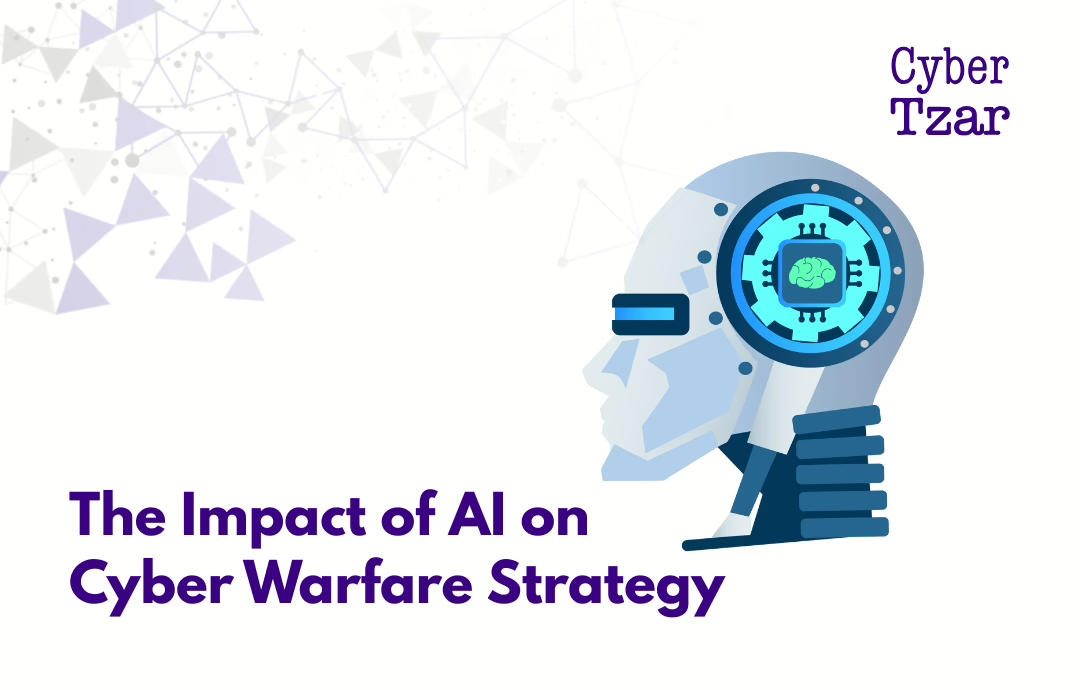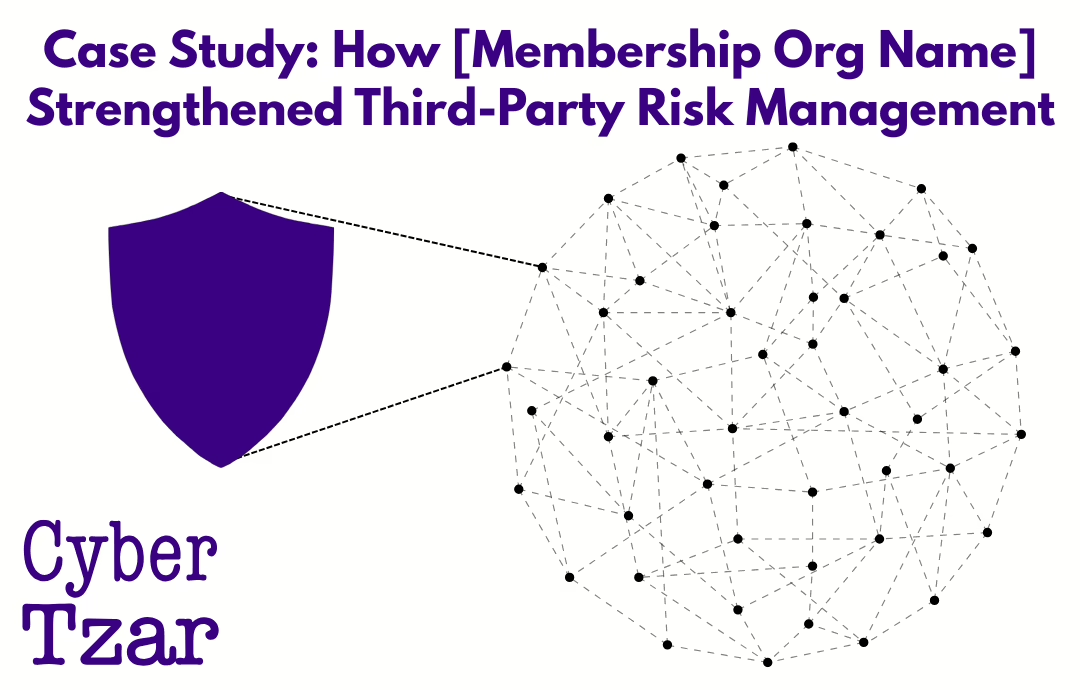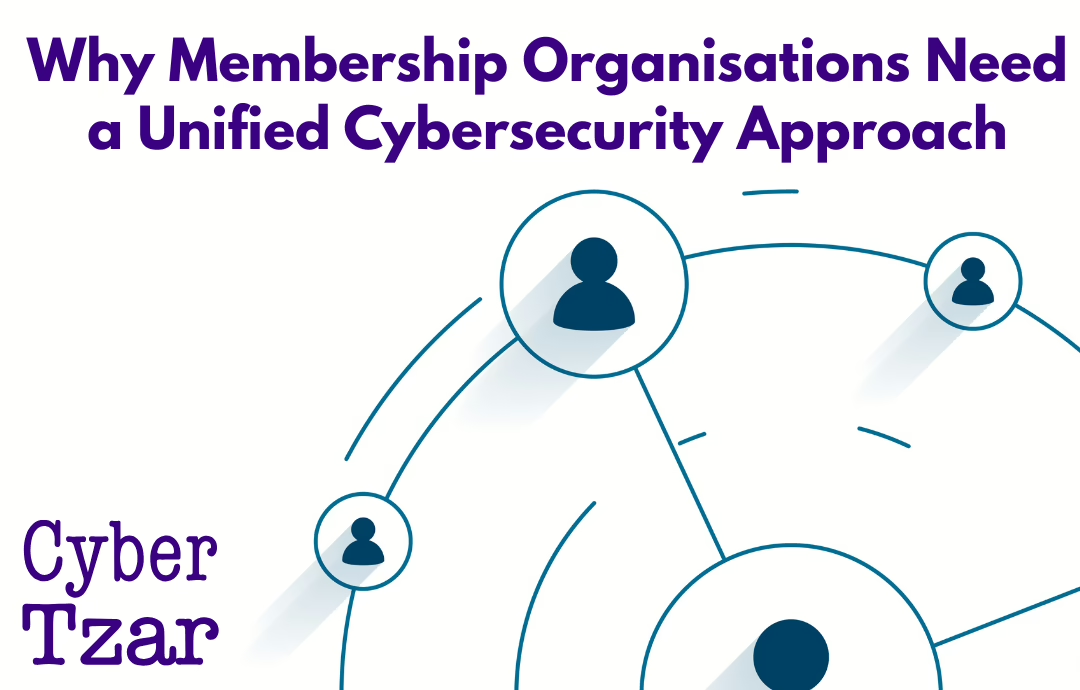The nature of warfare is changing — not just on the battlefield, but in the codebase. Artificial Intelligence (AI) is rapidly transforming how nations defend, attack, and deter in cyberspace.
Defence contractors, supply chain partners, and military decision-makers must now factor in not only traditional cyber risks, but also the growing influence of machine learning, generative AI, and autonomous systems on strategic operations.
The challenge? AI is not just a new tool — it’s a new doctrine.
The New Age of Cyber Operations
AI in cyber warfare is no longer theoretical. It is already being deployed in areas such as:
🧠 Automated Threat Detection – AI-powered systems can spot anomalies and attack signatures in real time, long before human analysts would notice.
🎯 Offensive AI – Malicious actors now use generative tools to create highly personalised phishing attacks, deepfakes for psychological operations, and self-masking malware.
🕵️ Information Warfare – AI is used to amplify disinformation, flood communication channels with noise, and impersonate trusted voices with chilling accuracy.
🤖 Autonomous Response – Advanced defence platforms are integrating AI for rapid, sometimes automated, countermeasures in the face of escalating threats.
Strategic Risks for Defence Organisations
As AI evolves, so do the risks for defence suppliers and operators:
-
Speed of escalation – Machine-speed attacks may force machine-speed responses. How do human-led chains of command keep pace without losing control?
-
Supply chain exposure – Adversaries are targeting small subcontractors with AI-generated spear-phishing campaigns and malware that adapts to each environment.
-
Loss of attribution – AI makes it easier to spoof identities, obscure attack origins, and undermine trust in threat intelligence itself.
-
Model poisoning – Malicious actors can manipulate the data AI systems train on, subtly nudging behaviour in unpredictable directions.
What the MoD and NATO Are Doing
The UK Ministry of Defence (MoD) and NATO have acknowledged AI’s role in the future of defence. Strategic documents now reference:
-
Responsible AI in military systems
-
AI assurance and auditability
-
Interoperability of AI across allied systems
-
AI supply chain integrity and resilience
But as with any rapidly advancing domain, frameworks lag behind capabilities. That’s where proactive organisations gain an edge.
How Cyber Tzar Supports the Defence Sector
At Cyber Tzar, we work with organisations operating in sensitive and high-risk environments. Our platform helps you:
✅ Monitor your own systems for vulnerabilities and misconfigurations
✅ Assess the security posture of suppliers — from primes to subcontractors
✅ Benchmark your risk profile against others in the defence sector
✅ Surface gaps in compliance, readiness, and resilience before adversaries find them
We bring clarity to complexity — helping you prepare for a threat landscape where AI isn’t a buzzword, it’s an adversary.
🔍 Want to test your AI-era readiness across your digital estate?
Request a defence-sector scan at cybertzar.com



